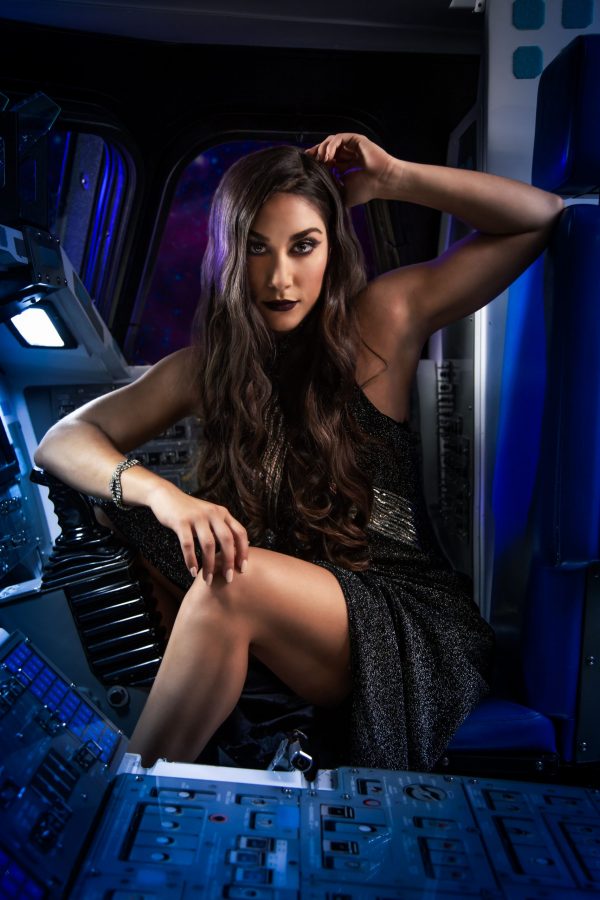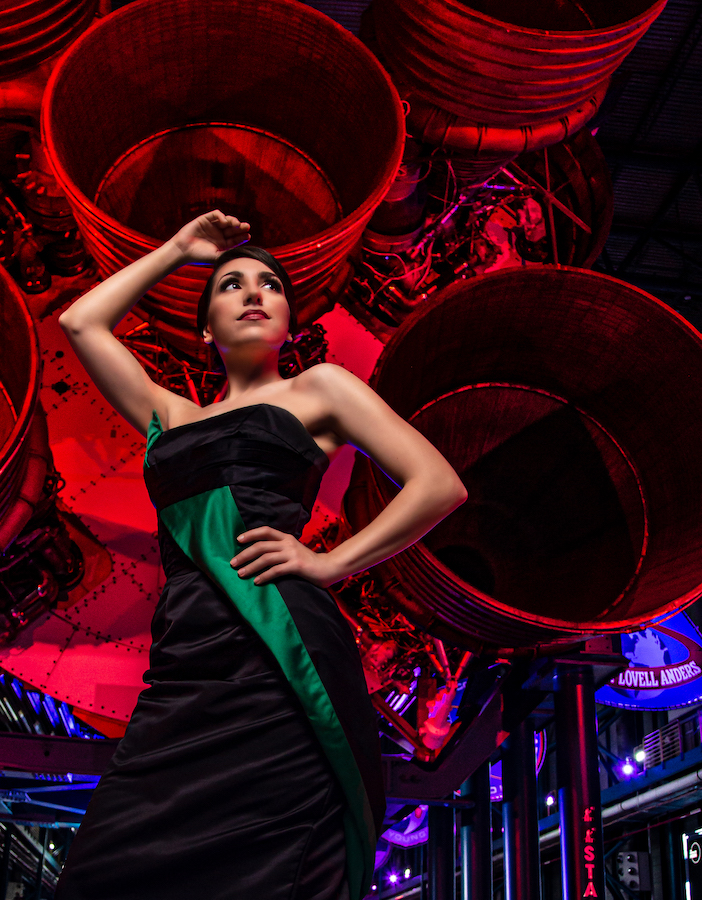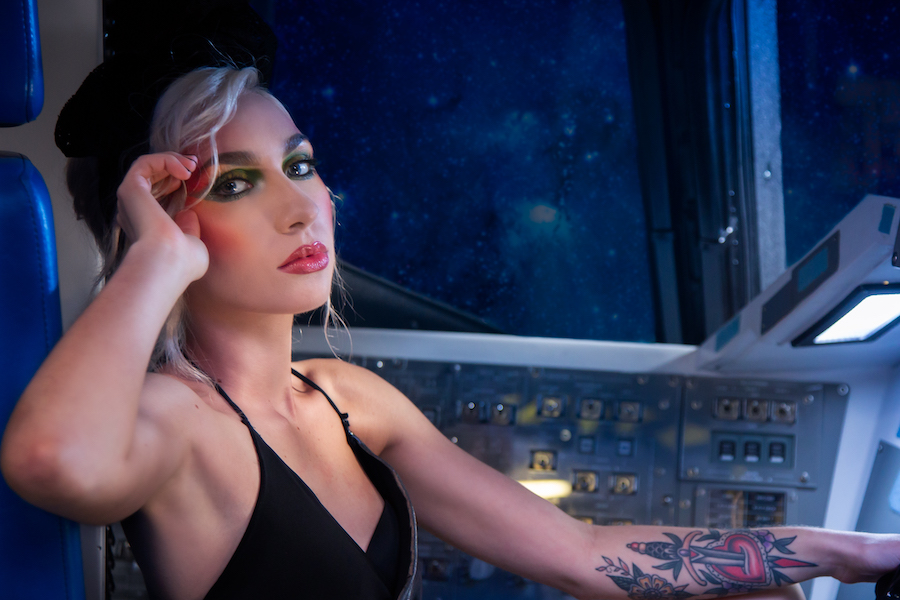
Many are familiar with the men who became heroes in the ’50s and ’60s, you know, the ones who climbed inside rockets and ascended to space.
But, many are less familiar with the women who were there as well, the women who are being added to the ranks each and every day.
NASA plans to send the next man and the first woman on the Moon by 2024, under the Artemis program, which was named after Apollo’s twin sister, Artemis. This will be a historic first for the woman selected.
According to The Washington Post, women make up about a third of NASA’s workforce, 28% of senior executive leadership positions and 16% of senior scientific employees. And according to that same article, 24% of women make up the aerospace industry at large. Though these percentages are small, they signal growth within the industry – growth that will, hopefully, continue in the next decade.
The Artemis Program served as inspiration for this year’s Cover Model competition. Cover Model 2020 is dedicated to the women of the space program; those astronauts, engineers, flight directors, etc. who have helped make space travel possible, and those women known as the astronaut wives club, who, 50+ years ago, held down their homes and made the sacrifices that allowed for their husbands to become heroes.
Here’s to the women of the past, present and future of space travel.
America’s First Real Housewives
In the 1950s and ’60s, the astronauts and their families, as well as others involved with the Apollo and Gemini missions, were moved into the same subdivision in Texas. Here, while the husbands were off training to become American heroes, the women worked together to help raise each other’s children, tend to the yard work, cook, clean and, most importantly, help each other through the emotional stress of the time.

“The fathers of the families were gone a great deal of the time, and yet they had very strong wives and families who could function without them,” said Jan Evans, wife of Ronald E. Evans, for Air & Space Magazine. “All astronaut wives are seriously loyal to one another and have been from the beginning and will be forever.”
During this time, these women became American symbols in their own right – they were the wives of heroes and represented America and its values. They were, as Susan Borman once said, expected to be the perfect American family. Though of course, with husbands always away in training (and some having affairs), the constant fear of loss and the need to be perfect – after all, there was the understanding that their husbands’ jobs depended on their perfect public image – the women experienced as many lows as they did highs. But the women supported one another, and their sacrifices aided in the success of the missions.
Though history is often unkind to these women, so often forgetting the importance of their roles and the strength with which they moved about life, they were just as much a part of this lunar history as those who worked for NASA.

Weightlessness: The Great Equalizer
The ’80s welcomed the Space Shuttle program, which helped to build the International Space Station. The fleet – Columbia, Challenger, Discovery, Atlantis and Endeavour – conducted cutting-edge research until the program’s end in 2011.
It was this program that allowed for an American woman to finally journey to space: Sally Ride. On her two missions with the program, Ride served as a mission specialist, helping to deploy satellites.
But while many women flew as astronauts during the Shuttle program, only two of those women served as commanders of the ship: Eileen Collins and Pamela Melroy. Eileen Collins was the first woman to command the ship, which happened in 1999. She also commanded a second time in 2005, before Melroy commanded her own ship in 2007.
It was also during the Shuttle era that the first U.S. woman completed a spacewalk; NASA astronaut, Kathryn D. Sullivan, accomplished this on Oct. 11, 1984 outside of Space Shuttle Challenger. (Of course, the first all-female spacewalk would happen decades later in Oct. 2019.)

Though women were still outnumbered in NASA during this era, women were beginning to be recognized for their contributions to scientific research and became American heroes, like those men who came before them.
Artemis (& beyond)

Now, NASA is in the midst of returning man to the Moon, this time, bringing woman along with him. Today, more women are not only seen in Mission Control, but are also being honored by NASA and its astronauts, receiving the media attention they deserve for the hard work and talent they provide. In the next decade, we hope to see the number of women in aerospace continue to grow, and to keep watching as women from across the country and around the world continue to make history.
Keep reading to learn more about the Artemis program and those women who are in the running to go to the Moon.
A special thank you to:

Sara Santora
As a Space Coast native, Sara enjoys using her love of writing to speak directly to the community that raised her. She graduated from Florida State University with a B.A. in English, and has written for a variety of magazines; however, her love for publishing and writing developed as a young girl, when she received her first copy of Teen Vogue. When she isn't writing or at work, she is traveling around the state with friends, visiting coffee shops, going to live shows and brushing up on her photography skills. Follow her on Instagram or connect with her on LinkedIn.








